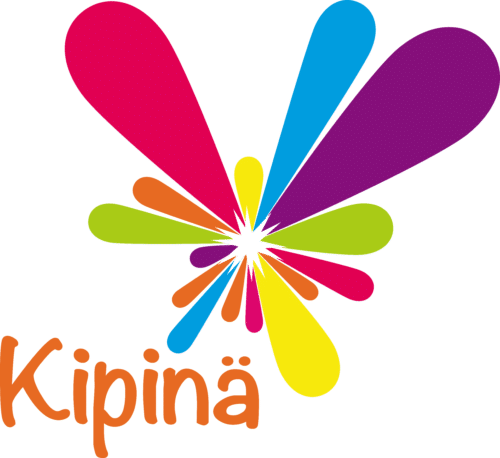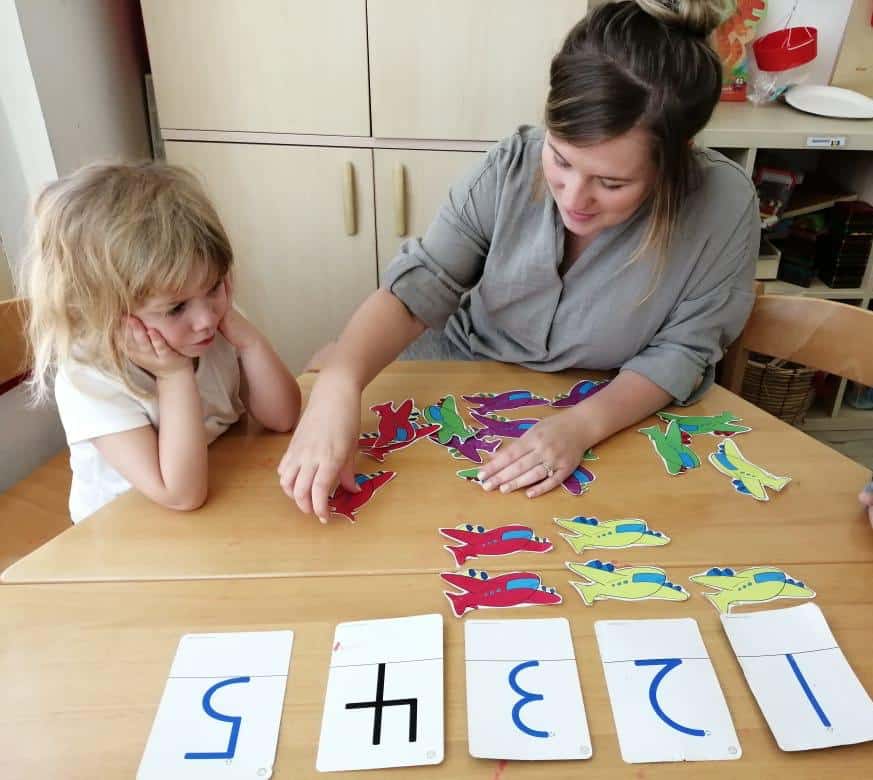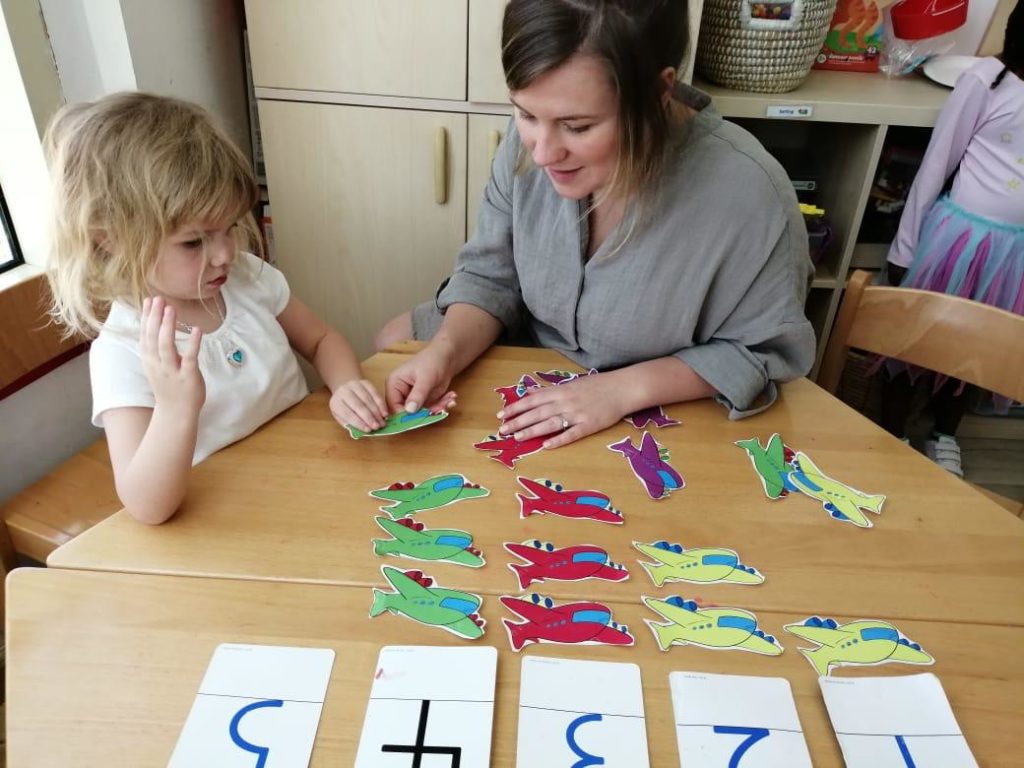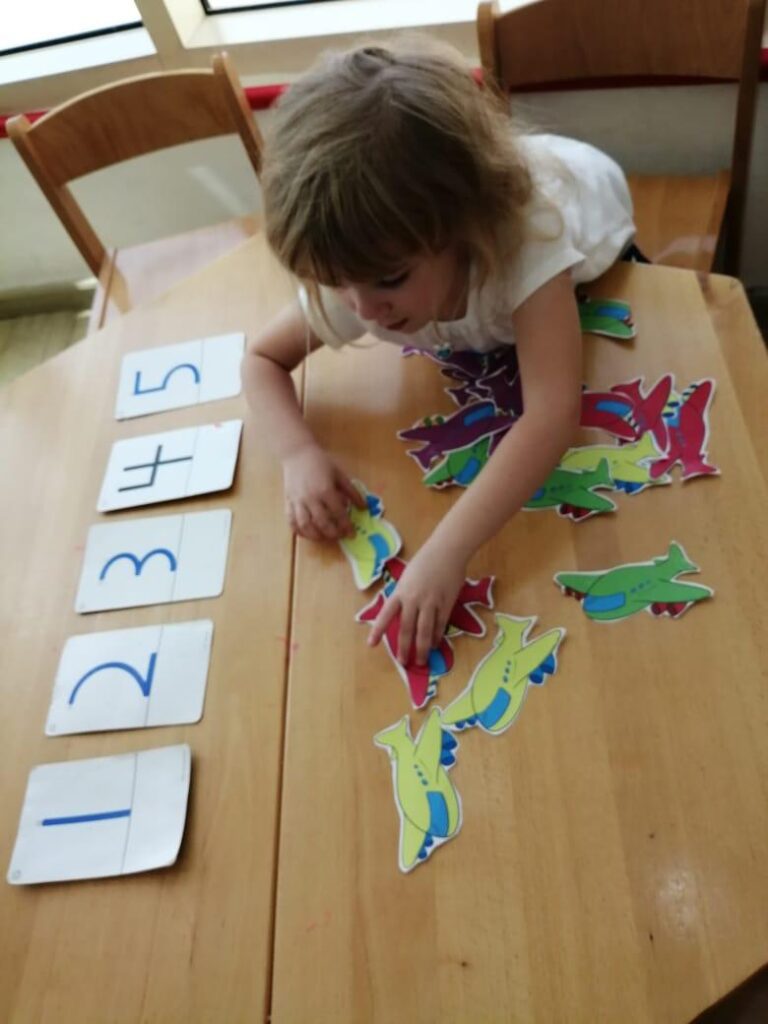Our Approach to Guiding Children
FOCUSED INSTRUCTION
Kipinä follows a balanced child-centered and teacher-directed framework. Using guided learning and skilful instruction similar to the core philosophy of the Finland program, Kipinä has added the teaching methodology of focused instruction, which accelerates the learning process so children learn at a faster pace. Research shows it brings more value to both the learning and teaching process.
Kipinä practitioners are engaged and interactive with children, guiding them towards specific learning outcomes across all of the age groups following the Gradual Release of Responsibility model. Learning is also scaffolded, so the Kipinä practitioner does not move on until the child fully comprehends, or masters, what is being taught. Through this process, interventions are made at an early age, and the relevant support provided for each child, so they become confident, creative, lifelong learners.
Understanding Children’s Developmental Continuum
Kipinä is designed to support the holistic development of every child. To ensure that children progress along the developmental continuum, Kipinä offers its program through the lens of six core curricular domains. The developmental skills charts interwoven through the curricular domains are meant to be used as a tool to help Kipinä practitioners and families exchange information about a child’s growing skills.
While the developmental ‘ages and stages’ are provided under Kipinä curricular domains, the philosophy of Kipinä is such that all aspects of development are interconnected.
Separating out developmental maturity into any one curricular domain would suggest an artificial categorisation of what is truly meant to be an integrated approach to child development and learning that Kipinä seeks to support through its curricular focus.
Knowing what comes before and what comes next is helpful to Kipinä practitioners as they observe children for the purpose of sharing a developmental assessment of a child’s progress and in helping to shape the learning pathway for each child where necessary.



